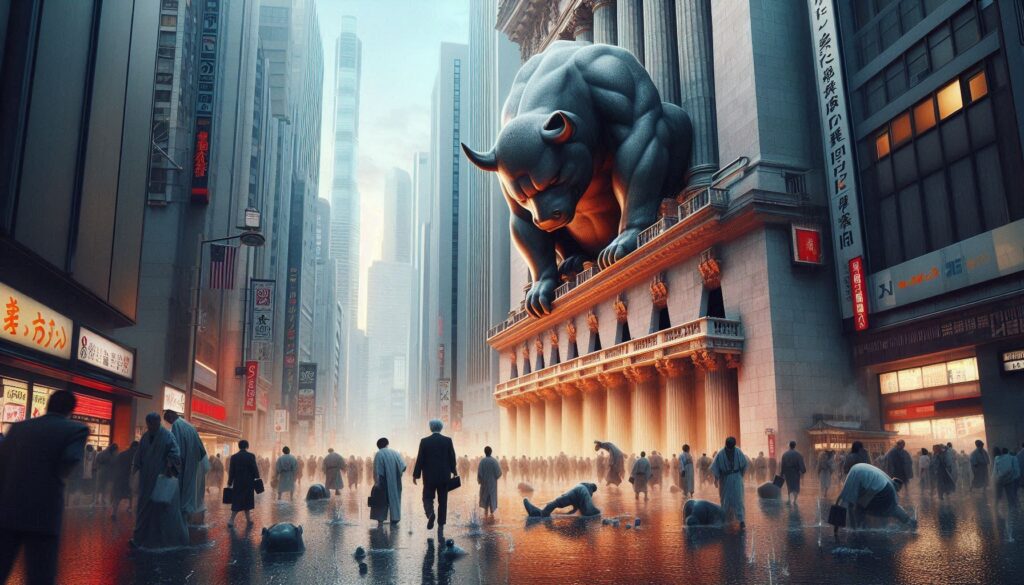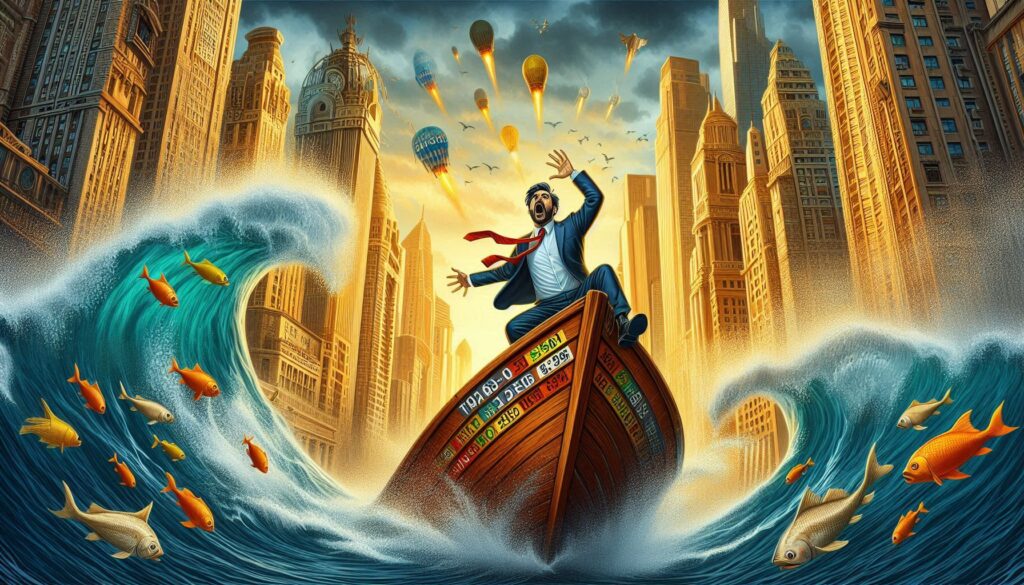Introduction:
The anticipation surrounding book-to-movie adaptations is a familiar phenomenon in the entertainment world. “Red, White & Royal Blue,” a beloved novel by Casey McQuiston, is the latest literary work to undergo the transformation from the written page to the silver screen. As fans eagerly await the movie release, this article delves into the intricacies of adapting a popular book into a film, explores the differences between the two mediums, and considers the impact of these changes on the narrative and audience experience.
“Red, White & Royal Blue”:
A Synopsis: “Red, White & Royal Blue” is a romantic novel that gained widespread acclaim for its fresh take on the enemies-to-lovers trope and its LGBTQ+ representation. The story follows the love story between Alex Claremont-Diaz, the First Son of the United States, and Prince Henry, the British heir to the throne. Their relationship evolves from rivalry to romance, against the backdrop of international diplomacy and political intrigue.
Adapting Literature to Film:
The process of adapting a book to a movie is a delicate balancing act that requires translating the essence of the story while accommodating the visual and narrative requirements of cinema. “Red, White & Royal Blue” faced the challenge of maintaining the heart of the romance while navigating the nuances of political dynamics and character development. Adapting a beloved book often involves making creative decisions to condense, enhance, or re-imagine elements to suit the visual medium.
Plot Adjustments and Omissions:
The transition from page to screen inevitably entails plot adjustments and omissions. Certain subplots, secondary characters, and inner monologues that are richly detailed in the book may need to be streamlined or omitted for the sake of pacing and cinematic storytelling. While these changes might disappoint purist fans of the book, they are often necessary to ensure that the film remains engaging within its runtime.
Visual Storytelling and Character Development:
Cinema relies on visual storytelling to convey emotions, relationships, and character arcs. Adapting “Red, White & Royal Blue” requires translating the chemistry between the protagonists, the evolution of their feelings, and the subtleties of their interactions onto the screen. The challenge lies in capturing the same depth and nuance that readers experience through internal thoughts and descriptions in the book.
Adding Cinematic Elements:
The transition to the big screen also presents opportunities to enhance the narrative with cinematic elements. Scenes that are impactful visually, such as grand diplomatic events or intimate moments between characters, can be elevated through cinematography, production design, and music. These added layers contribute to the immersive experience of watching a story unfold on screen.
The Influence of Audience Expectations:
Adapting a beloved book can be a double-edged sword when it comes to audience expectations. On one hand, fans of the book eagerly anticipate seeing their favorite moments and characters brought to life. On the other hand, they might have strong preconceptions about how the story should be portrayed. Balancing these expectations while making necessary adaptations requires a delicate touch.
The Essence of the Story:
Despite the differences between the book and the movie, the essence of “Red, White & Royal Blue” – its themes of love, identity, and the challenges of public life – remains central to both versions. The heart of the characters’ journey and the emotional resonance of their experiences are aspects that both mediums strive to capture and convey to the audience.
Expanding the Fan Base:
While purist fans may express concern about changes from book to movie, adaptations also offer the opportunity to introduce new audiences to the story. Movie adaptations can attract viewers who may not typically pick up the book, expanding the fan base and introducing the narrative to a broader demographic.
Conclusion:
As “Red, White & Royal Blue” makes its transition from book to movie, the adaptation process prompts discussions about the challenges and creative choices involved in translating literature to cinema. While differences between the two mediums are inevitable, the ultimate goal is to capture the essence of the story and evoke the same emotional connection that readers experienced. As fans eagerly anticipate the movie’s release, they embark on a journey to discover how the beloved characters and their love story have been reimagined for the cinematic stage.



